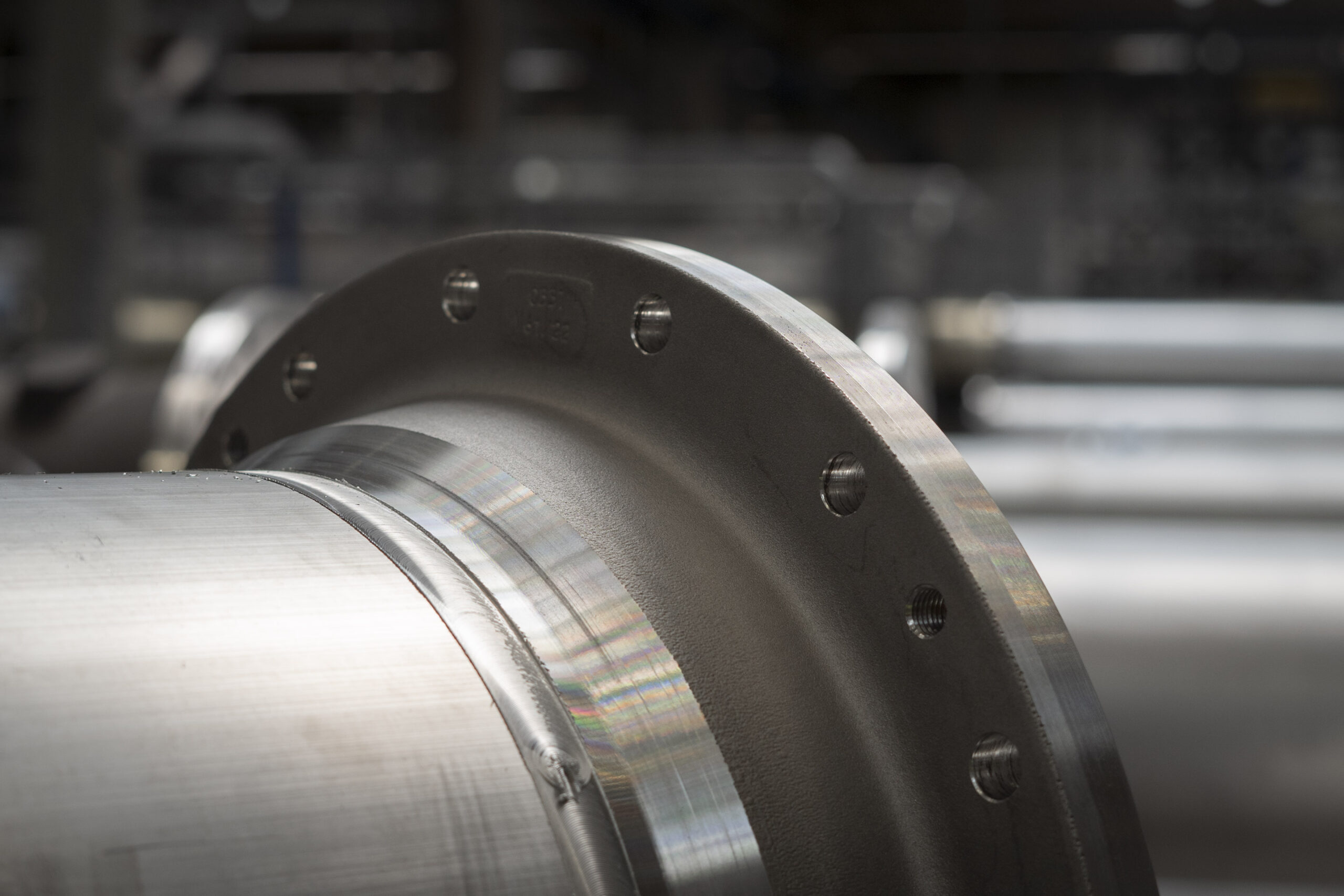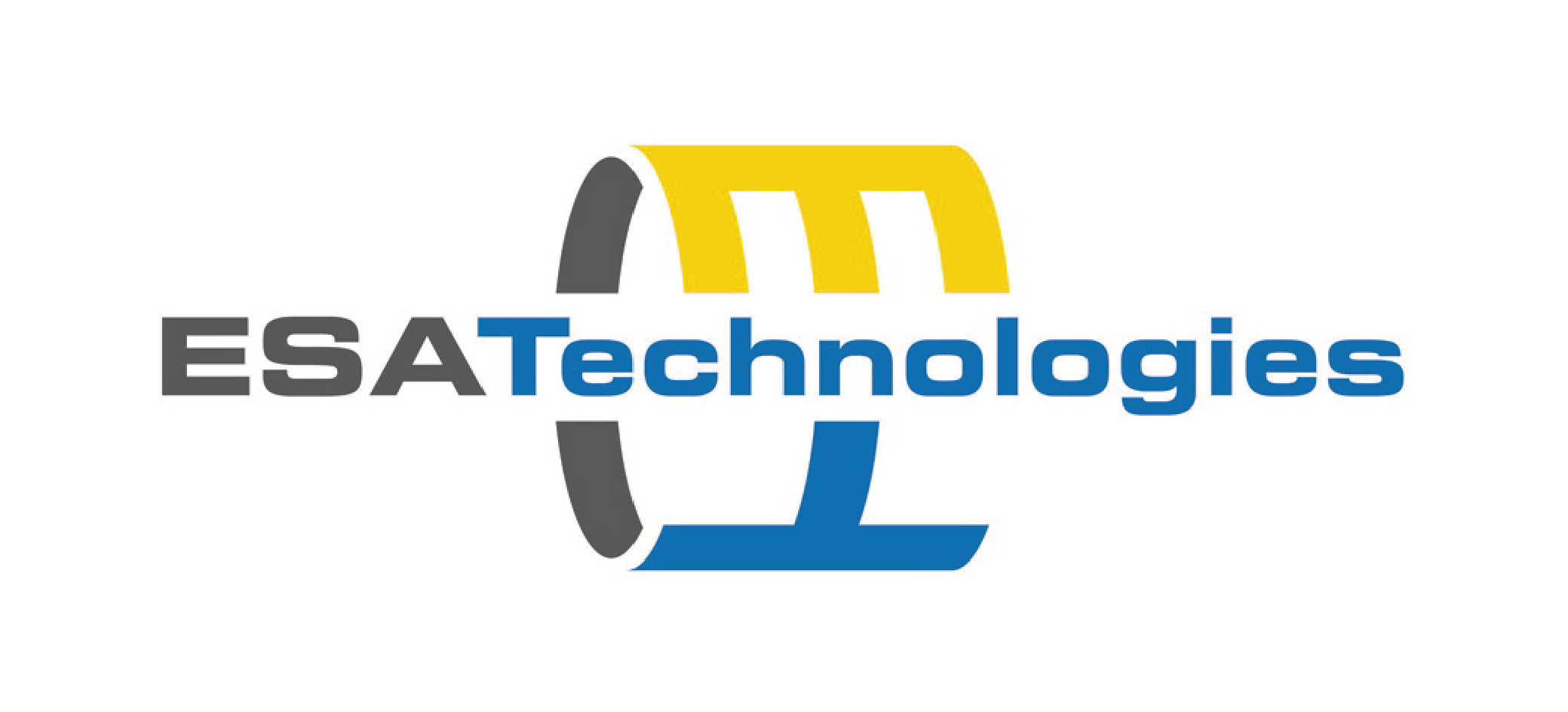FSW plants Save money & relieve the environment
TECHNOLOGY
FRICTION STIR WELDING
Friction Stir Welding (FSW) was developed and patented at The Welding Institute (TWI, Cambridge, UK) about 25 years ago. Since its development, the FSW application has become widespread in many industrial sectors due to its convincing advantages. The welding process is very different from the traditional fusion welding processes. In friction stir welding, the base material is not heated above the melting temperature, so no melt is produced. The required welding temperature is only about 80% of the melting temperature of the base material. To create the joint, the base material of the two workpieces is mixed together. A special rotating tool is required for this purpose. The lower process temperatures required reduce the energy required for friction stir welding and the subsequent straightening work on the workpiece. Also, no welding gases are required. A higher welding feed rate can be achieved with increased process reliability. This reduces the process time and the reject rate.

APPLICATION
FSW technology is used for a wide range of applications in various industries - from aerospace, automotive, shipbuilding and rail vehicle construction to electronics, including the manufacture of battery trays for electric vehicles.
WHY FSW?
Economic efficiency and sustainability are increasingly becoming top priorities in the metalworking industry and professional trades. In welding tasks, the main focus is on speed and high potential savings in the consumption of energy, gas and wire. The lower consumption of energy and additional materials has an additional positive effect. For ESATechnologies AG, the customer experience of HITACHI/ABB is confirmation of the company's strategy of focusing fully on the development of welding technology.
Advantages of FSW technology
Sustainability
As a solid-state welding process, FSW is a largely defect-free joining process without porosity, without hot cracks and without solidification cracks. This results in a significantly lower reject rate in production and additional testing procedures for tightness are reduced to a minimum, which is a not insignificant sustainability factor compared to conventional welding processes.
Significant increase in quality
Due to the lower temperatures, there is a reduction in shrinkage and distortion of the material to be joined and thus a significant increase in the quality of the joints and no loss of strength in the metals to be welded.
Easy to automate
Uses machine tool technology, making the process easy to automate, highly repeatable and reducing the need for skilled welders, resulting in a high reduction in production costs.
Works in any position
Can work in any position.
Good mechanical properties
Good mechanical properties, which for aluminium alloys typically equal or exceed those obtained by competing processes.
Higher production output
Due to the shorter process time, a higher output can be achieved in the same period of time with an FSW system. A capacity utilization of up to 8000 encapsulations per year can be achieved in a single-shift operation with one system. This results in significantly lower energy consumption.
Weld seam without end hole
No end hole remains at the end of the weld seam after the tool has been pulled out of the materials to be joined.
Energy-efficient
Energy-efficient
Also bonds various mixed alloys
Able to join many "difficult to weld" aluminum alloys as well as mixed alloys e.g. aluminum with copper.
Rarely edge preparation required
No special edge preparation is required for most applications.

ECOLOGICAL ADVANTAGES
Economic efficiency and ecology do not have to be mutually exclusive when it comes to welding. With efficient joining processes, economical use of energy and accessories that open up further savings opportunities, a complete system for sustainable welding is available. This significantly reduces time, energy consumption, maintenance and emissions.
Advantage 01
Advantage 02 - no ozone formation
Advantage 03 - no waste
Advantage 04 - reduced CO2 emissions
Advantage 05 - significantly lower energy consumption
Advantage 06 - Reduction of pollutant emissions
Filler materials, fluxes or shielding gas are not required for aluminum alloys, also making the FSW technique significantly more environmentally friendly, as no toxic fumes, spatter or UV radiation are generated. Here is a graphic showing the reduction of pollutants compared to conventional welding processes.
